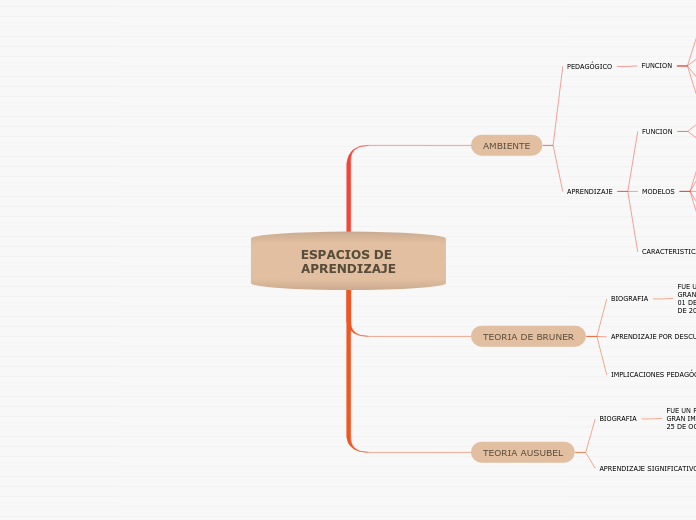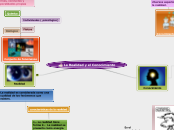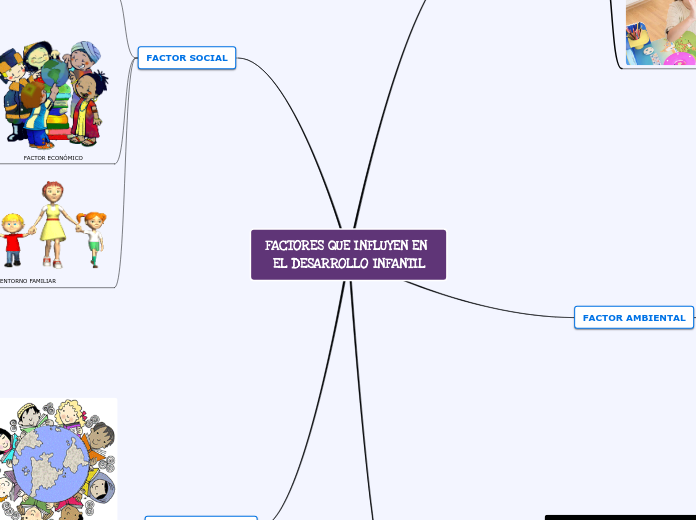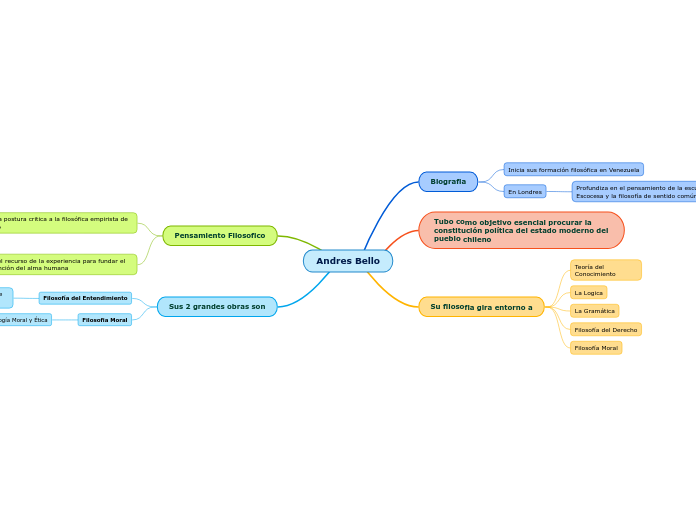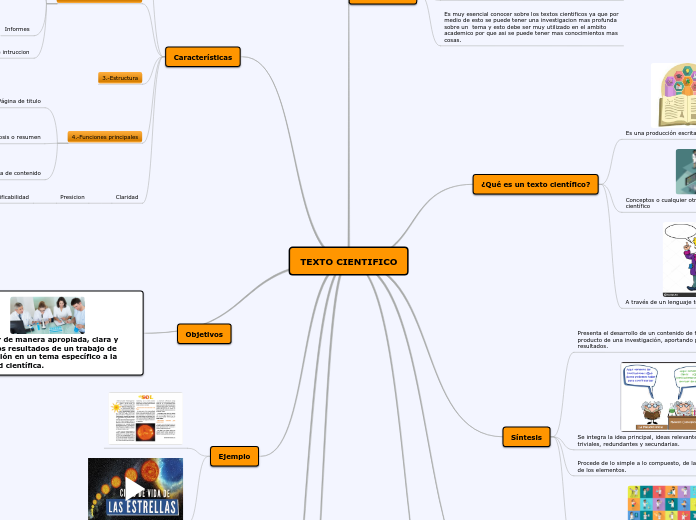ESPACIOS DE APRENDIZAJE
To name your story, you have to think about the overall message and what you want your audience to understand from the story. Also, make it relevant and easy to remember.
TEORIA AUSUBEL
The ending of a story is essential. We all know that if the ending is weak, what happened before loses its importance. So make it unpredictable, but fair. A resolved ending answers all the questions and ties up any loose threads from the plot.
APRENDIZAJE SIGNIFICATIVO
This is the closure section of the story.
See examples of possible outcomes below:
- all problems have been solved
- it's clear how each one of your characters ends up
- your main character is transformed by the challenge
EL APRENDIZAJE SIGNIFICATIVO DE REPRESENTACIONES HACE REFERENCIA A LA ADQUISICION DE VOCABULARIO.
EL CONOCIMIENTO DEBE ESTAR ORGANIZADO DE TAL MANERA QUE TENGA UNA ESTRUCTURA LOGICA Y SE RELACIONE ENTRE SI
Try answering these questions to come up with a closure:
- Have all the problems been solved?
- Is there a clear picture of what happens with each character in the story?
- Has the challenge transformed your main character?
- How do the characters feel in the end?
This is the moment when the main character surpasses the last obstacle and finally faces their greatest challenge.
The climax usually follows one of these patterns:
- realization
- resolution
- choice
Type in your answer.
FUE UN PSICÓLOGO Y PEDAGOGO ESTADUNIDENSE DE GRAN IMPORTANCIA PARA EL CONSTRUCTIVISMO. NACIO EL 25 DE OCTUBRE DE 1918 Y MURIO EL 09 DE JULIO DE 2008
TEORIA DE BRUNER
The middle of the story is where you add layers of complications that will lead to the end. Reveal more about the character's journey. Did their personality go through changes? How did they overcome the challenges? And as you build up the story’s central conflict, make it more personal to that character. Also, from the middle act, you have to lead into the final act.
IMPLICACIONES PEDAGÓGICAS
There wouldn't be any tension and excitement in your story if there weren't any obstacles in your character's way.
LLEVAN AL MAESTRO A CONSIDERAR LAS ACTITUDES DEL ESTUDIANTE, LA COMPATIBILIDAD, MOTIVACION, LA PRACTICA DE HABILIDADES Y EL USO DE LA INFORMACION EN LA RESOLUCION DE PROBLEMAS
A story is nothing more than a character overcoming a series of difficulties to reach the desired goal. Obstacles usually create suspense and conflict. In overcoming obstacles, there is growth: weak becomes strong; hatred turns into love; sadness into happiness; wrong into right; lies into truth; or evil becomes good.
See a few examples below:
- stopping a meteor
- finding a killer
- finding love
MOTIVACION
HABILIDAD
APRENDIZAJE POR DESCUBRIMIENTO
Your character(s) need(s) motivation in order to solve the challenge(s).
METODO DONDE EL ALUMNO DESCUBRE NUEVOS CONOCIMIENTOS DE MANERA INDUCTIVA
Why does your character need to confront this challenge? What does he/she expect to accomplish by solving it?
See a few examples:
- will marry in 3 days
- can fix the mistakes of the past
APRENDE
RECONOCE
BIOGRAFIA
Each story has a main character and that character usually needs to solve a problem or challenge. The character's challenge is the one that creates tension throughout the story.
FUE UN PSICOLOGO ESTADUNIDENSE QUE HIZO GRANDES APORTES EN EL APRENDIZAJE. NACIO EL 01 DE OCTUBRE DE 1915 Y MURIO EL 05 DE JUNIO DE 2016
In most stories, there are 3 challenges. The number 3 is a mystical number symbolizing completeness. Try to come up with interesting challenges with which your character needs to struggle.
See a few examples below:
- turns into a werewolf at night
- is sent back in time
AMBIENTE
In the beginning of the story (or the exposition), you will need to introduce the setting and characters. You might also want to introduce the main conflict. This part of the story is important because it gives the reader necessary background information and maybe even a first insight into a character’s personality.
APRENDIZAJE
The setting (time & place) of a story can change throughout the plot.
CARACTERISTICAS
The weather is an important element in your story because it can highly influence the ambiance and the mood of the characters.
PROPICIA EL NIVEL COGNITIVO DEL NIÑO
ESTABLECE APROPIACION INTELECTUAL
Does your story include catastrophic weather? See a few suggestions below or add your own:
- hurricane, earthquake, storm, etc
MODELOS
The time of the story can also change. It can describe the event of a single day or can include an entire year's plot. Anyway, don't forget to mention it.
ESCUELA NUEVA
CONSTRUCTISTA
CONDUCTISTA
ROMANTICO
TRADICIONAL
Your story can take place wherever your imagination will take you to.
For example: in an elevator, in an enchanted forest, etc. Don't forget to give details of the environment each time the setting changes, otherwise, the story can be confusing. Also, mention the seasons as each of them has unique weather and events.
LLENA VACIOS DE INFORMACIÓN
SISTEMATIZA EL CONOCIMIENTO
PEDAGÓGICO
Characters are essential to a good story. Usually, the protagonist(s) is/are the most affected by the plot. Introduce a character by focusing on their actions, interests, and occupation, as the physical appearance doesn't make a difference in most cases.
FUNCION
Type in the name of your character.
CREA UN VINCULO ENTRE EL CONOCIMIENTO Y LA REALIDAD
Add other qualities/attributes of the character.
ESTIMULAR EL NIVEL CREATIVO DEL INDIVIDUO
What is your character's main goal?
fight Evilfind lovedefeat his/her enemyrule the worldmake friendstime travelmake an awesome discoveryOther
APROPIAR UN ESPACIO ÚNICO LLENO DE CONOCIMIENTO
Which traits best describe the character's personality? Choose more if necessary:
introvertedloyalkindindependentquick-thinkingadventuresomeidealisticsweet-naturedcalmrisk-takercreativewittystrictfussyweirdclumsyharshaggressivecarelessclingingcowardlycrueldeceitfulimpulsiveOther
ESTABLECER UNA CONEXION ENTRE MAESTRO Y ALUMNO
Choose the type of your chacter:
Protagonist (main character)Antagonist (main character's opponent)Flat (stereotypical character)Round (his/ her personality develops throughout the story)Static (doesn't evolve as a person throughout the story)Dynamic (dramatical change in personality)Confidant (the main character trusts him/ her)Foil (contrasting character who enhances the personality of another character)Other
